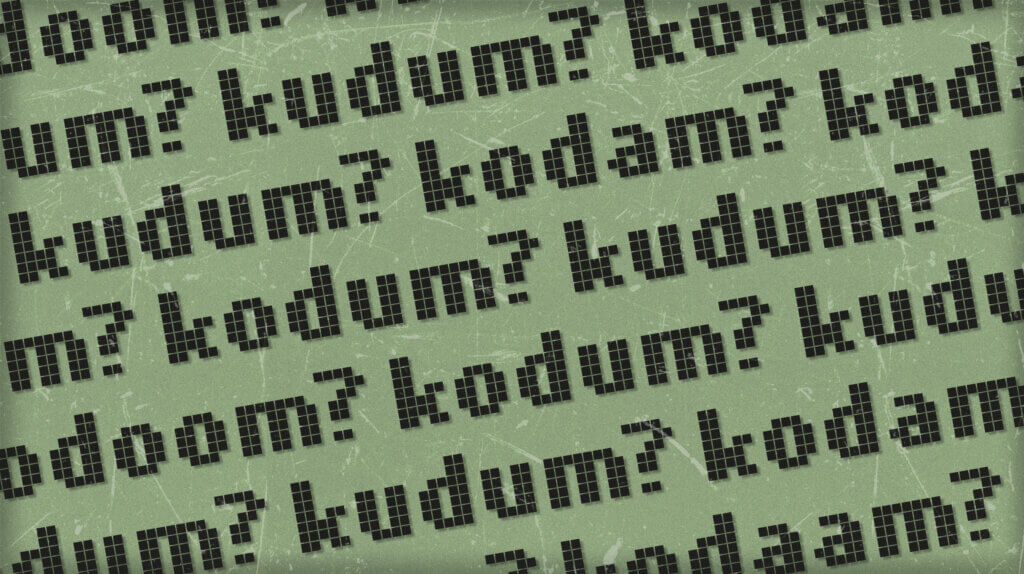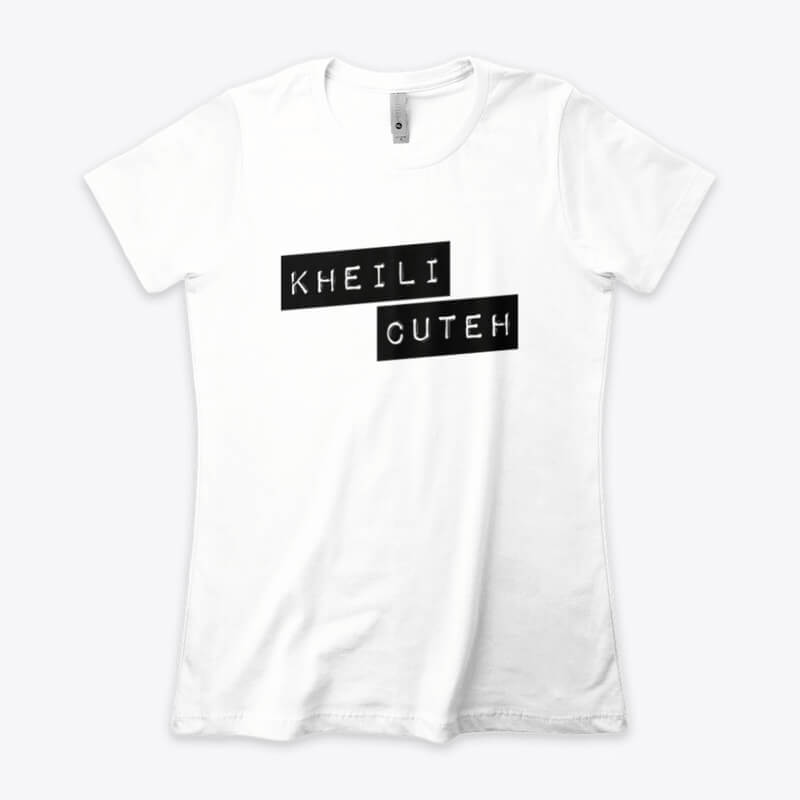
You make sounds — mouth sounds. You make them with intention because you probably want to ask your Pilates instructor if you can swap Tuesdays for Mondays. Other peoples do this, but with different mouth sounds — mouth sounds that have gradually found characters, and gradually become alphabets. This is pretty handy because it’ll help you kinda figure out the intentions of peoples with very different mouth sounds.
Pingilish (or Fingilish) is the Romanisation of the Persian (or Farsi) language. It can help you figure out the response of your Iranian pilates instructor. So, assuming you have no grasp of the Persian alphabet but share an understanding of those mouth-sounds — “aakhey!” — Tuesdays get swapped for Mondays.
In this episode, we discuss how Pingilish (or Fingilish) came into use, and why it’s kinda going out of use. We also get into which Persian phonemes can have which Latin characters, because yes, there is no standard. So, wanna learn what Pingilish (or Fingilish) is and how to use it, just listen to this one.
Questions we also get answers to in this episode
- Which is correct, Pingilish or Fingilish?
- Why is the word Tehran written differently in different places?
- Which should I use, “oo”, “ou”?
- Why do Iranians write using the Arabic script?
- How do I write in Pingilish or Fingilish from Persian script?
- Which should I use. “ee”, “ei”, “i” or “y”?
- How does Persian and Arabic pronunciation of the alphabet differ?
- Are there capital letters in the Persian or Arabic script?
Buy Pingilish or Fingilish t-shirts, mugs and bags online
If you’re looking for fun Pingilish or Fingilish terms on t-shirts, mugs and bags, look no further. We have merchandise with Pingilish or Fingilish code-switch terms.
What is code-switch you ask? Well, to put it simply, it’s when two languages are used to construct a term. One example would be “kheili cuteh”, which uses the English word cute with a Persian suffix “eh” making it “is cute”. Prefacing this with “kheili”, which translates as “very”, makes it very cute.
Go to the Ask An Iranian online store to see more.
Vowel variations in Pingilish or Fingilish
There is no universal standard for Pingilish or Fingilish, so debates will arise on which Latin characters should be used. These debates will mostly be about the two long-vowels: و and ی.
و can be written as: o, oo, ou, u
ی can be written as: i, y, ee, ei
Listen to this episode for a more detailed description of this predicament.
Why Persian (Farsi) got romanised
The romanisation of Persian (Farsi) developed and spread due to a former lack of software supporting the Persian alphabet. Although Persian writing is supported in current operating systems, there are still many cases where the Persian alphabet is unavailable. This way of writing is sometimes called Fingilish or Pingilish (a portmanteau of Persian (Farsi) and English).
Although Fingilish (or Pingilish) is decreasing in usage among online users of the Persian language, there are still practical uses for it. Students of the Persian language with a familiarity with the Latin alphabet can use Fingilish or Pingilish as a transitional way to communicate with unilingual speakers of Persian, provided they understand the Latin alphabet.
Is it Pingilish or Pinglish, Fingilish or Finglish?
The terms Fingilish or Pingilish include an all-important additional ‘i’, which would distinguish it from other portmanteaus describing languages. Pinglish is a term for the romanisation of the Pakistani language. Finglish, on the other hand, is the romanisation of the Finnish language.
How to write in Pingilish or Fingilish
| Persian character | Fingilish or Pingilish equivalent |
|---|---|
| آ،ا | a, aa, ā |
| ب | b |
| پ | p |
| ت | t |
| ث | s |
| ج | j |
| چ | ch, č, c |
| ح | h |
| خ | kh, x |
| د | d |
| ذ | z |
| ر | r |
| ز | z |
| ژ | zh, ž |
| س | s |
| ش | sh, š |
| ص | s |
| ض | z |
| ط | t |
| ظ | z |
| ع،ء | a, e, ê |
| غ | gh, q |
| ف | f |
| ق | gh, q |
| ک | k |
| گ | g |
| ل | l |
| م | m |
| ن | n |
| و | o, oo, ou, u, v, w |
| ه | h |
| ی | i, y, ee, ei |
Translation of Persian (Farsi) used during this episode
| Persian | English translations |
|---|---|
| Aakhey: | “Ahh!” |
| Khaak be saram: | “Mud on my head” – like, “bury me” |
| Adaa: | “Gesture” |
| Eshgh: | “Love” |
Image credit: The Fingilish or Pingilish word for “which”, written in many Romanised ways, and styled like an old Nokia mobile phone. Designed by Ask An Iranian, 2021.


Leave a Reply